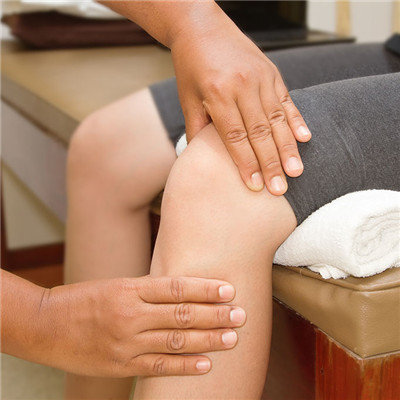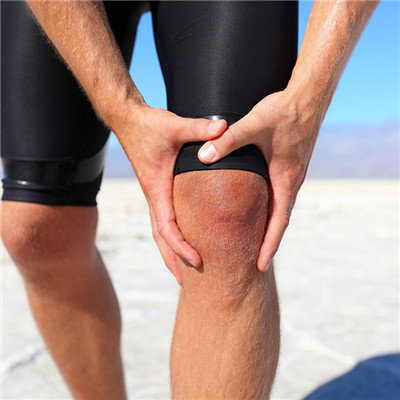Osteoid osteoma symptoms?
summary
Osteoid osteoma is a kind of benign osteogenic tumor, which is more common in children and adolescents, and more common in the long bones of lower limbs. Its clinical feature is pain in the affected part, which can be relieved by aspirin. The pathological feature is that there is a small round core of bone tissue, which is composed of bone like tissue and immature bone trabeculae, surrounded by sclerotic bone. X-ray showed that the diaphysis was thickened and dense, in which there was an X-ray transparent area about 1cm in diameter, a small dense shadow in the center and a sclerotic zone around it. The "nest" of the tumor core and the surrounding sclerotic bone can be removed and cured. Osteoid osteoma symptoms? Let's talk about it
Osteoid osteoma symptoms?
Osteoid osteoma is a special type of benign bone tumor with unknown etiology and slow growth. The incidence rate is about 2:1 for children and adolescents aged 5~20 years. The most common site of the disease is lower limb long bone, followed by upper limb bone, spine, hand, foot and other parts are rare.

Most of the lesions are single, and can also involve multiple bones in the whole body. The lesions can occur in any part of the bone. The typical clinical characteristics of about 90% patients with osteoid osteoma are pain, from mild to severe, from intermittent to persistent, from local lesions to radiation pain; The nature of pain is blunt pain, characterized by nocturnal pain or aggravation of nocturnal pain.

Osteoid osteoma should be differentiated from osteoblastoma and cortical abscess. The key to differentiate from osteoblastoma is the size of the tumor nest. If the diameter is more than 2 cm, osteoblastoma is considered, while the diameter of the tumor nest of osteoid osteoma is usually less than 2 cm. Cortical abscess often has inflammatory symptoms such as redness, swelling, heat and pain and a history of repeated attacks. There is no regular pain of osteoid osteoma. There is no calcification or ossification in the bone destruction area, and the edge is less regular than osteoid osteoma.

matters needing attention
The key to the surgical treatment of osteoid osteoma is to completely destroy the tumor nest, and the surrounding sclerotic area can be preserved without tumor recurrence. The range of injury and bone resection of open nest resection is large, and a few patients may still relapse due to incomplete nest resection. With the development of minimally invasive surgery, in recent years, the use of CT guided percutaneous nest destruction, laser cryosurgery or thermal coagulation has achieved good results. These surgical methods are safe, simple, minimally invasive, quick postoperative recovery, and can ensure complete destruction of the tumor nest.











